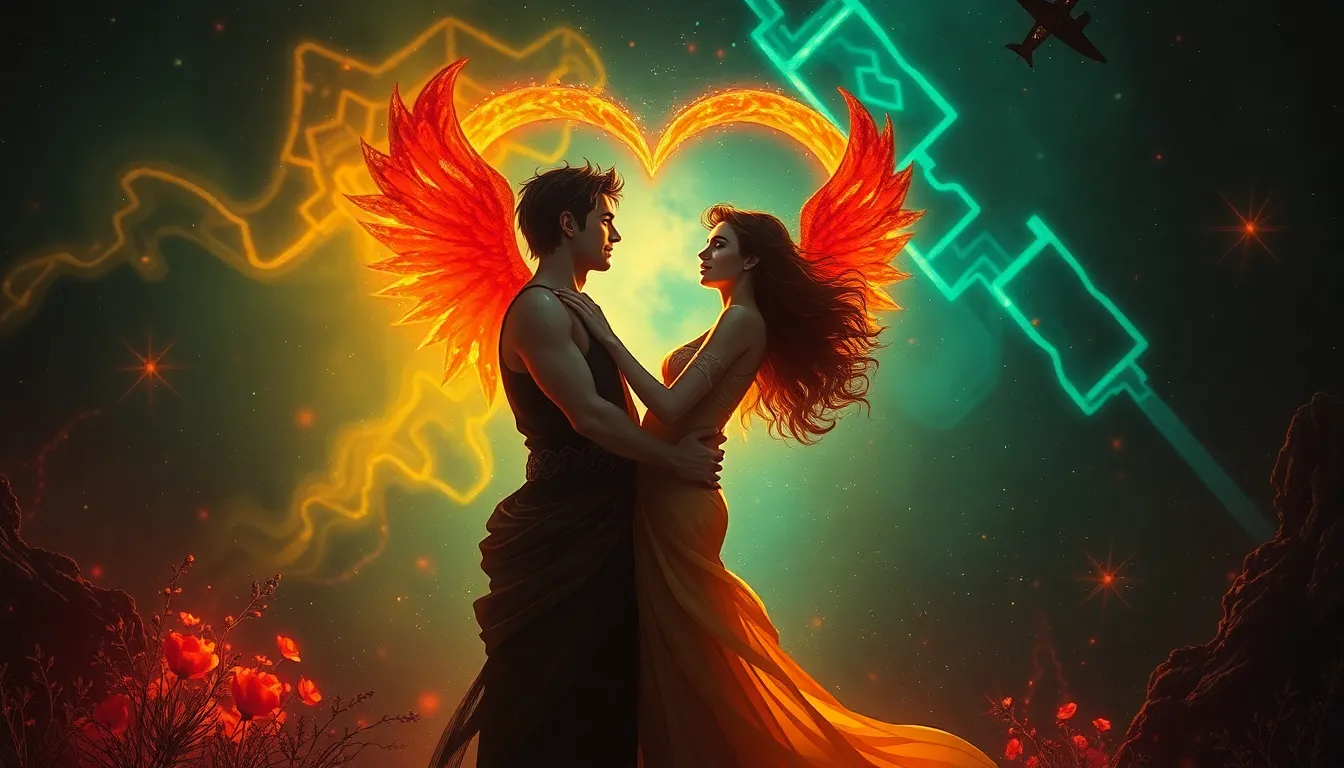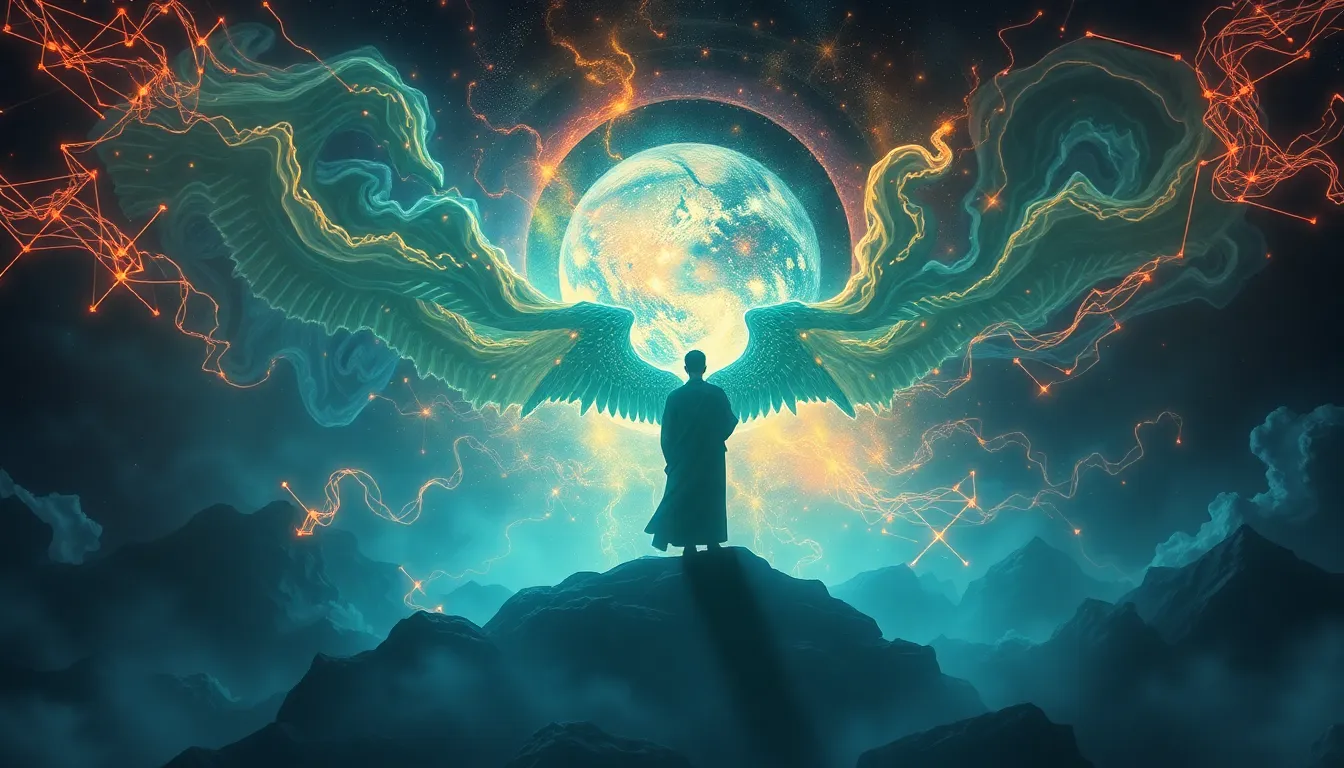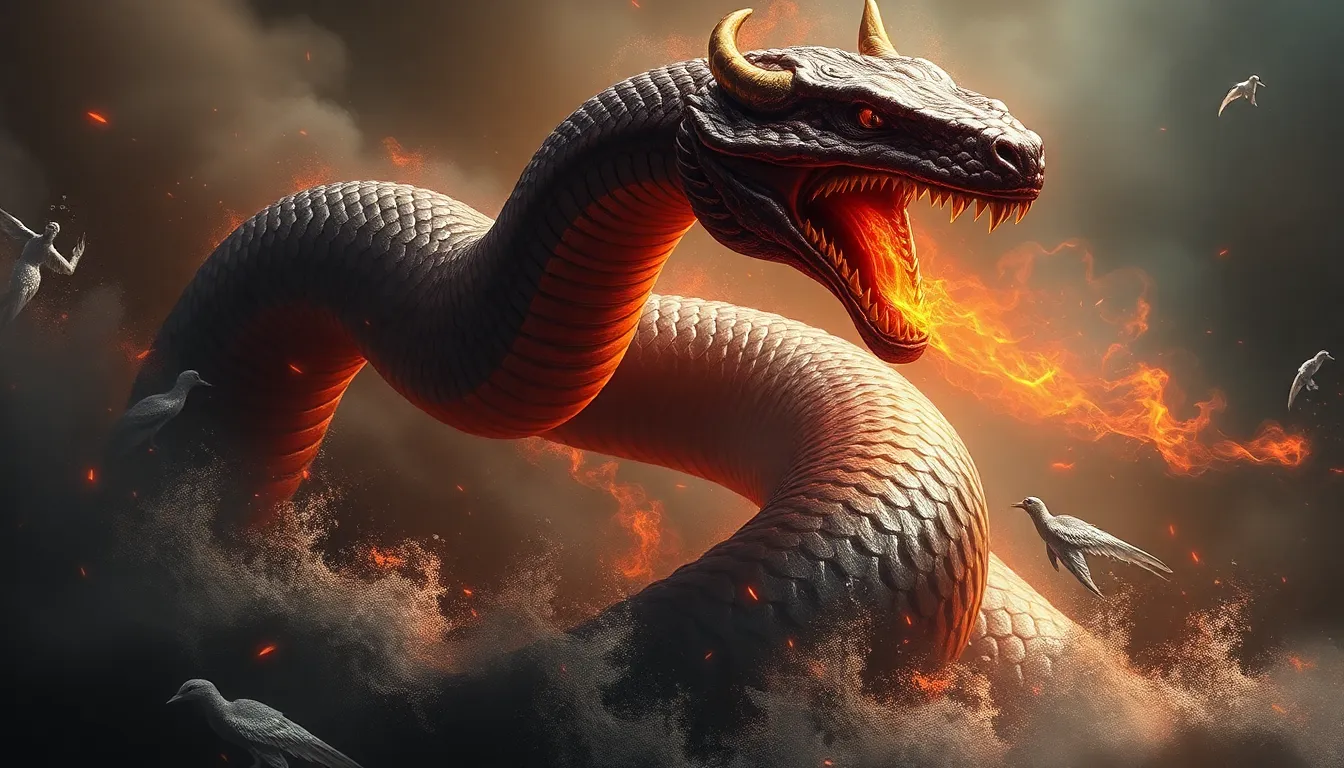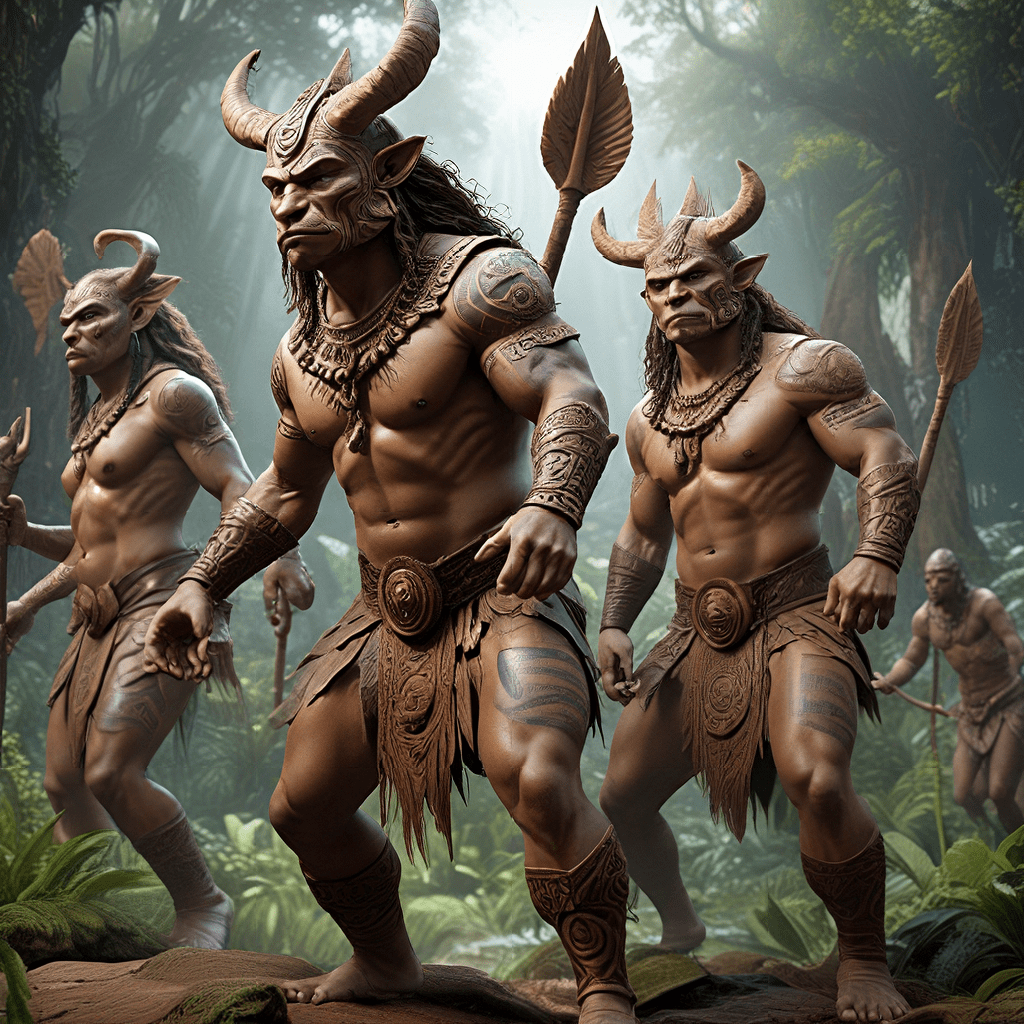The Myth of True Love: Exploring the Ideal in Ancient Lore
Introduction: Defining True Love in Ancient Contexts
The concept of true love has captivated human imagination for centuries, manifesting in various forms across different ancient cultures. In ancient times, love was often viewed not merely as an emotion but as a profound bond intricately tied to fate, destiny, and societal expectations. Unlike the modern interpretation of love, which tends to focus on romantic fulfillment and personal happiness, ancient ideals often encompassed broader themes, such as sacrifice, duty, and the intertwining of love with the divine.
This article seeks to explore the multifaceted nature of true love as depicted in ancient lore, examining how these ideals differ from contemporary perspectives and how they continue to resonate in modern narratives.
The Roots of True Love in Mythology
Love myths from various civilizations showcase the diverse interpretations of true love. In Greek mythology, for instance, the love stories of gods and mortals reflect a complex interplay between passion and power. The tale of Eros and Psyche illustrates not only romantic love but also the trials and tribulations that accompany it, emphasizing the necessity of trust and perseverance.
In Roman mythology, the love of Venus and Mars represents an ideal that balances desire with conflict, showcasing how love can be both a source of joy and a catalyst for turmoil. Similarly, Indian mythology presents love as a divine force, as seen in the tales of Radha and Krishna, where love transcends the physical realm, embodying spiritual devotion and longing.
These narratives demonstrate the role of deities in shaping love stories, often positioning them as both facilitators and obstacles in the pursuit of true love, highlighting the divine as a critical element in ancient romantic ideals.
True Love in Epic Literature
Epic literature serves as a rich source for understanding the ideals of true love in ancient cultures. The story of “Tristan and Isolde,” for example, reflects the intense passion and tragic outcomes associated with love that defies social conventions. Their love, marked by a potion that binds them in an unbreakable bond, raises questions about the nature of choice and the consequences of love driven by fate.
Similarly, “The Epic of Gilgamesh” presents a unique take on love, where the bond between Gilgamesh and his friend Enkidu transcends friendship, illustrating a deep emotional connection that ultimately drives Gilgamesh’s quest for immortality following Enkidu’s death. These narratives reveal the societal values of their time, where love is often intertwined with themes of heroism, sacrifice, and the struggle against mortality.
Symbolism and Archetypes of Love in Ancient Lore
Throughout ancient lore, certain symbols and archetypes consistently emerge, enriching our understanding of love. Common symbols associated with love include:
- Roses: Often signifying beauty and passion, roses have been a timeless symbol of love across cultures.
- Doves: Representing peace and fidelity, doves are frequently associated with romantic unions.
- Hearts: The heart has become a universal symbol of love, often depicted in art and literature.
Archetypal characters also play a crucial role in love stories, such as:
- Star-crossed lovers: Characters whose love is doomed by external forces, often reflecting societal constraints.
- Tragic heroes: Individuals whose pursuit of love leads to their downfall, emphasizing the risks associated with true love.
These symbols and archetypes provide a framework for understanding the complexities of love, illustrating how ancient cultures grappled with its implications.
Cultural Variations: Love Across Civilizations
A comparative analysis of love myths reveals fascinating insights into how different cultures interpret true love. For instance, Greek mythology often emphasizes the capriciousness of the gods, suggesting that love is unpredictable and fraught with challenges. In contrast, Indian mythology tends to portray love as a divine force, where the spiritual connection between lovers transcends earthly desires.
This cultural lens shapes the concept of true love, influencing how love is expressed, perceived, and valued in different societies. The differences in these narratives reflect not only the values of the cultures they originate from but also the universal themes of love that resonate across time and space.
The Intersection of Love and Fate
One of the most compelling themes in ancient love stories is the intersection of love and fate. Many narratives explore the tension between destiny and free will, illustrating how characters navigate their emotions in the face of predetermined outcomes. For instance, in Shakespeare’s “Romeo and Juliet,” the concept of fate plays a pivotal role as the young lovers are depicted as victims of circumstances beyond their control.
Similarly, in the tale of Orpheus and Eurydice, Orpheus’s journey to the underworld to reclaim his love highlights the struggle between personal choice and the inevitability of fate. These stories often suggest that while love is a powerful force, it is also subject to the whims of fate, creating a complex interplay that defines the human experience of love.
Lessons from Ancient Love Stories
Ancient tales of love carry profound moral and ethical lessons that continue to resonate today. Many stories emphasize the importance of sacrifice, loyalty, and the consequences of pursuing love at all costs. For example:
- Consequences of Sacrifice: Characters who sacrifice their happiness for the sake of love often face tragic outcomes, serving as cautionary tales about the dangers of losing oneself in love.
- The Value of Loyalty: Many myths underline the significance of fidelity and trust, suggesting that true love requires unwavering commitment.
These lessons remind us that while love can be a source of joy, it also demands responsibility and introspection.
The Evolution of the True Love Myth
The ideals of true love have undergone significant transformations over time. Historical events, cultural shifts, and changing societal norms have influenced how love is perceived and expressed. The romantic ideals of the medieval period, characterized by chivalry and courtly love, have evolved into modern notions of love that prioritize individual fulfillment and emotional connection.
Furthermore, the impact of globalization and cultural exchange has led to a blending of love narratives, creating a more diverse and inclusive understanding of true love that encompasses a variety of experiences and identities.
Modern Reflections: The Enduring Nature of True Love Myths
Ancient love myths continue to influence contemporary views on romance, permeating modern literature, film, and media. Themes of true love, sacrifice, and the struggle against adversity are prevalent in countless narratives, reflecting the enduring nature of these ideals. From blockbuster films to bestselling novels, the archetypes and symbols of ancient love stories find renewed expression, resonating with audiences worldwide.
Moreover, the exploration of love in modern contexts often draws on ancient themes, allowing for a deeper understanding of emotional connections and the complexities of relationships in today’s world.
Conclusion: Seeking True Love in a Complex World
As we navigate the complexities of love in today’s society, the ideals presented in ancient lore continue to hold relevance. The myths of true love remind us of the enduring human desire for connection, understanding, and belonging. While acknowledging the complexities and challenges that love presents, we can find personal meaning in these ancient narratives, drawing inspiration from the past as we seek our own interpretations of true love.
Ultimately, the journey toward understanding true love is a deeply personal one, shaped by individual experiences, cultural contexts, and the timeless stories that have captured our hearts for generations.




